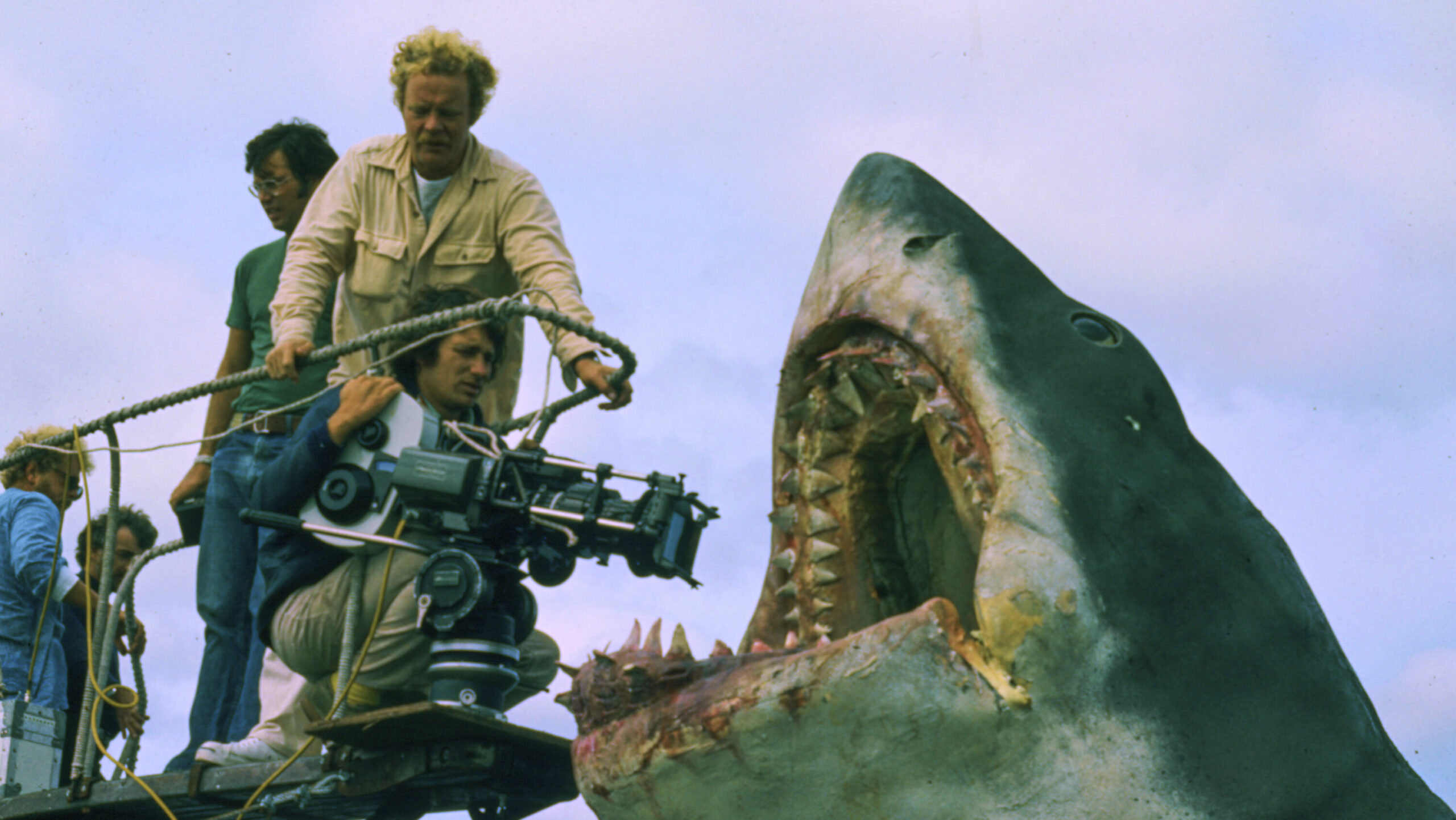Fifty years ago, Steven Spielberg’s “Jaws” terrified moviegoers, setting a new standard for summer blockbusters. More than just a creature feature, “Jaws” created a template that filmmakers still follow. This template emphasizes suspense, relatable characters, and the primal fear of the unknown. Today, we explore how “Jaws’” iconic formula has influenced countless films, from creature features to action movies, and even some of Spielberg’s later blockbusters.
The Creature: A Force of Nature
The creature in “Jaws,” a great white shark, remains largely unseen for the film’s first half, building suspense and dread. This approach has been emulated in numerous films, from “Alien’s” xenomorph to the tornadoes in “Twister,” each representing an unstoppable force of nature. Effective creature features, like “Jaws,” often rely on suggestion and implication rather than explicit visuals, tapping into the audience’s imagination to amplify fear.
“Not showing the shark means the shark is forever the creature in our minds,” said Matt Singer, critic and author. “Even the best special effects of any time can’t measure up to the horrors that you can conceive in your mind.”
The Remote Location: Isolation and Vulnerability
A key element of the “Jaws” template is the remote location. Whether it’s Amity Island, a spaceship in “Alien,” or the Australian outback in “Razorback,” these settings isolate the characters, heightening their vulnerability and limiting their options for escape. This isolation amplifies the tension, as characters are cut off from outside help and forced to confront the threat on their own. The vastness of the ocean, the emptiness of space, and the desolation of remote landscapes all contribute to the sense of impending doom.
The First Victim: Setting the Stakes
The opening scene of “Jaws,” featuring a young woman’s horrifying encounter with the unseen shark, sets a chilling tone for the rest of the film. This scene establishes the creature’s capabilities and the stakes for the remaining characters. This trope is common in monster movies, John Sayles a filmmaker notes. The first victim’s death highlights what the creature is capable of, creating a sense of unease and dread that permeates the rest of the story.
The Reluctant Hero: Ordinary People in Extraordinary Circumstances
Chief Brody, the protagonist of “Jaws,” is an ordinary person thrust into extraordinary circumstances. He’s not a seasoned monster hunter or a fearless adventurer, but a police chief with a fear of the water who must overcome his personal limitations to protect his community. This archetype of the reluctant hero is a cornerstone of many successful creature features. By making the protagonist relatable and flawed, audiences are more likely to empathize with their struggle and invest in their success.
The Experts: Knowledge vs. Survival
To combat the creature, the reluctant hero often enlists the help of experts. In “Jaws,” Brody teams up with Matt Hooper, an oceanographer, and Quint, a grizzled shark hunter. These experts bring unique knowledge and skills to the table but often clash due to their conflicting personalities and approaches. The experts contribute to the heroes’ efforts while also creating challenges. Too often, they are too narrow minded to survive.
The Sacrifice: A Moment of Loss and Heightened Stakes
Before the final confrontation, a major sacrifice often occurs, raising the stakes and emphasizing the creature’s threat. The death of Quint in “Jaws” is a prime example. This sacrifice not only shocks the audience but also underscores the danger the remaining characters face. This death magnifies the threat of the creature and underscores that nobody is safe, raising the emotional stakes for the remaining heroes. This element adds depth to the narrative and heightens the audience’s emotional engagement.
The Confrontation: A Battle of Wits and Courage
The final confrontation is typically between the reluctant hero and the creature, marking a turning point in the story. This is often the first time the creature is fully visible, allowing the audience to witness its power and ferocity. This final battle is a test of the hero’s courage and resourcefulness. The outcome of the confrontation is not only uncertain but hinges on the hero’s ability to adapt and overcome their limitations.
The Creature’s Death: Spectacle and Closure
The death of the creature marks the climax of the film, providing a sense of closure and catharsis for the audience. While the specifics vary, these deaths often involve a spectacular display of violence, emphasizing the triumph of humanity over the forces of nature. This trope has become a staple of the genre, providing a satisfying resolution to the conflict and reinforcing the hero’s journey. This element is so influential that Spielberg said, “If I have got them for two hours, they will believe whatever I do for the next three minutes.”
From the unseen terror of the shark to the explosive finale, “Jaws” set the standard for monster movies, that has influenced the way countless filmmakers approach the genre. The remote locations, reluctant heroes, and ultimate showdowns continue to resonate with audiences today, demonstrating the enduring power of Spielberg’s masterpiece. By deconstructing the key elements of “Jaws,” we can appreciate its impact on Hollywood and its lasting influence on the art of storytelling.

Leave a Reply